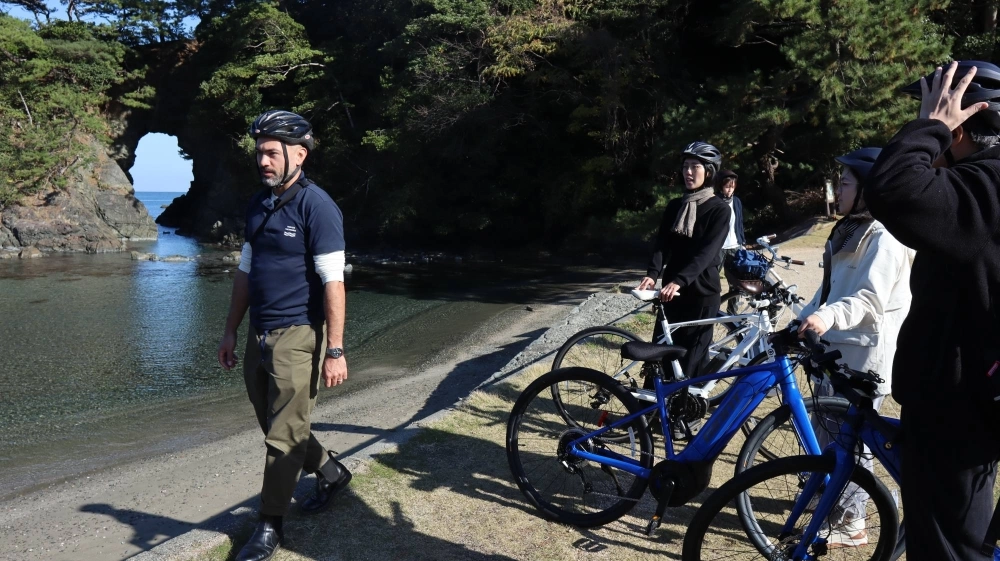About 70 kilometers north of Kyoto, Japan’s bustling cultural epicenter, sits the small fishing town of Takahama. Known today for its pristine beaches and surfing, during the Heian Period (794-1185), the aristocracy of Kyoto imported saba (mackerel) from Takahama. So much of the silvery gray fish flowed from Takahama to the ancient capital that the roads connecting the two began to be known as the “Saba Kaido” (literally, “mackerel highway”).
A thousand years later, in the midst of the weak yen and overtourism, Kyoto is looking to the Saba Kaido once again for relief — not in the form of mackerel but in the hope that the sleepy seaside village can become an alternative destination for tourists aiming to outrun the crowds in the quest for an “authentic Japan” experience.
Takahama isn’t alone in this endeavor — countless small towns across the country are grasping at any tourism overflow they can siphon off from Tokyo, Kyoto and Osaka. Where Takahama may have a leg up, however, is through the foreign resident it relies on to evangelize its merits.

















With your current subscription plan you can comment on stories. However, before writing your first comment, please create a display name in the Profile section of your subscriber account page.